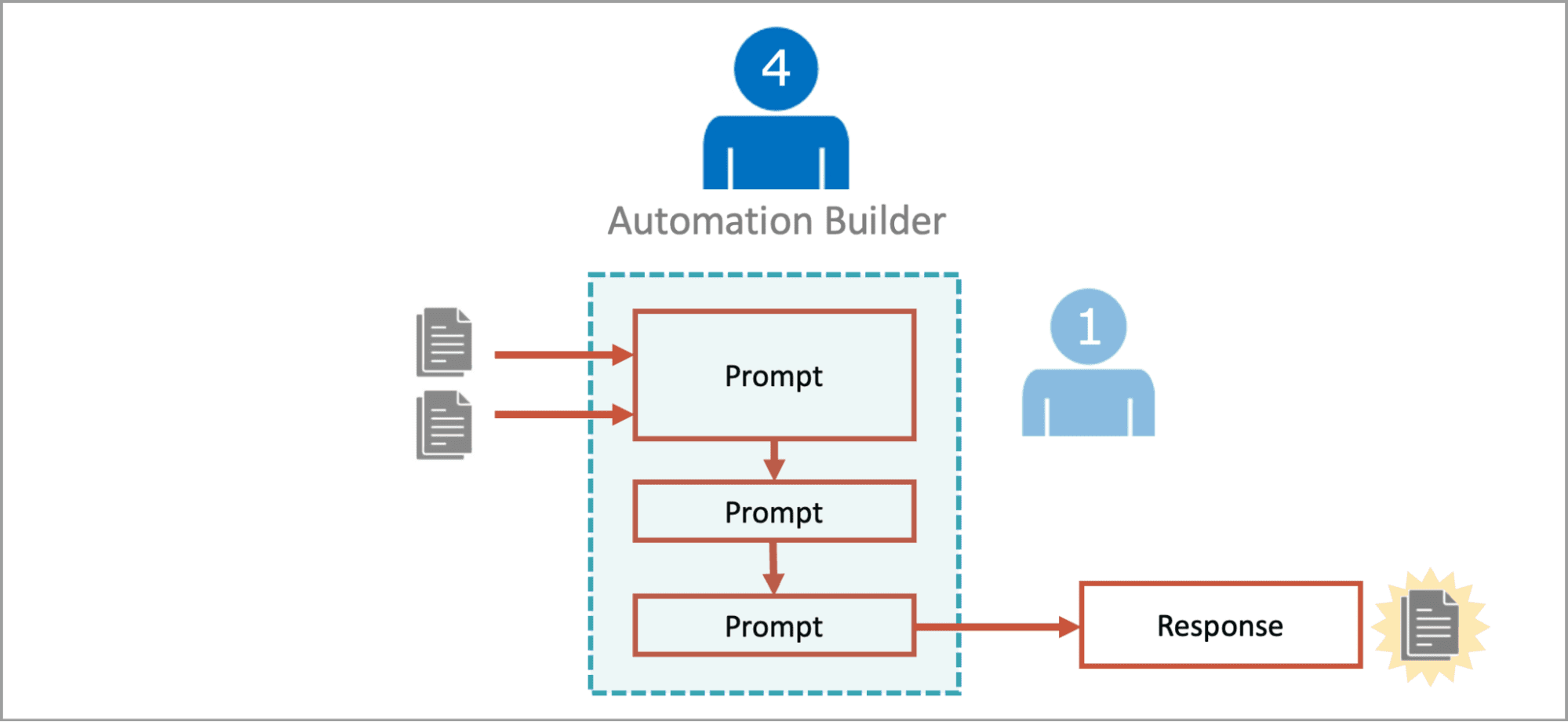These Are the Biggest Skywatching Events in May
Catch the Eta Aquarid peak, a micromoon, and plenty of planetary viewing.

May's sky watching calendar includes planetary viewing, prime stargazing, and a meteor shower peak, so you have plenty of reasons to head outside and look up this month. Here's what's coming to the night sky.
May 3: Mars and Moon
The first quarter moon this month will appear right next to Mars on the evening of May 3. Look toward the western sky in the first half of the night. You may also be able to see the Beehive Cluster (Messier 44), a cluster of 1,000 stars that's around 600 light years away, lit up by the glow of the Red Planet.
May 5: Eta Aquarid peak
The Eta Aquarid meteor shower has been active since mid-April, but it will peak on the night of May 5–6. This event results from the Earth passing through debris left behind by Halley's Comet (which is also responsible for the Orionids in October). The shower is best viewed in the Southern Hemisphere, but in the north, viewers may still see 10–30 meteors per hour.
According to Space.com, the best time to catch the Eta Aquarid peak is between 2 a.m. and dawn local time. As always, you'll want to choose a location that's as dark and free of light pollution as possible, and give your eyes at least 30 minutes to adjust.
May 12: Flower Moon
May's full moon is known as the Flower Moon, and it will occur on May 12. Like April's Pink Moon, the Flower Moon is a micromoon: 5% smaller and 10% dimmer than a regular full moon because it takes place at the farthest point from Earth.
Planetary events in May
Planet pairs in May include Venus and Saturn, which can be seen close together, low in the eastern sky, early in the morning toward the beginning of the month. In the evening, look west a few hours after sunset to see Mars and Jupiter.
For stargazers, the Corona Borealis will be visible all month in the eastern sky during the first half of the night. Dark skies on the night of May 26 (thanks to the new moon) may be especially good for locating constellations. You may also be able to catch two globular clusters—densely packed stars—on May 11 and May 28, when Messier 5 and Messier 4 will be favorably located.




















































































































































